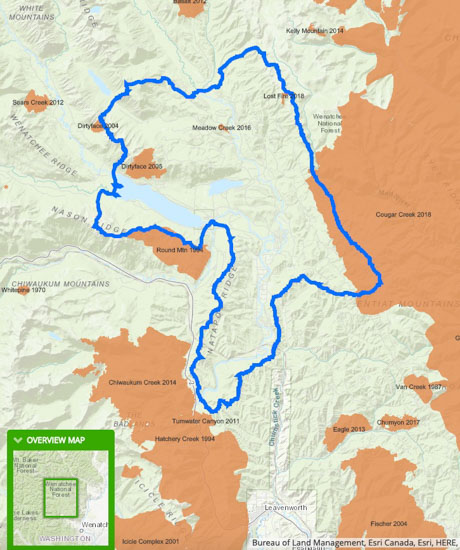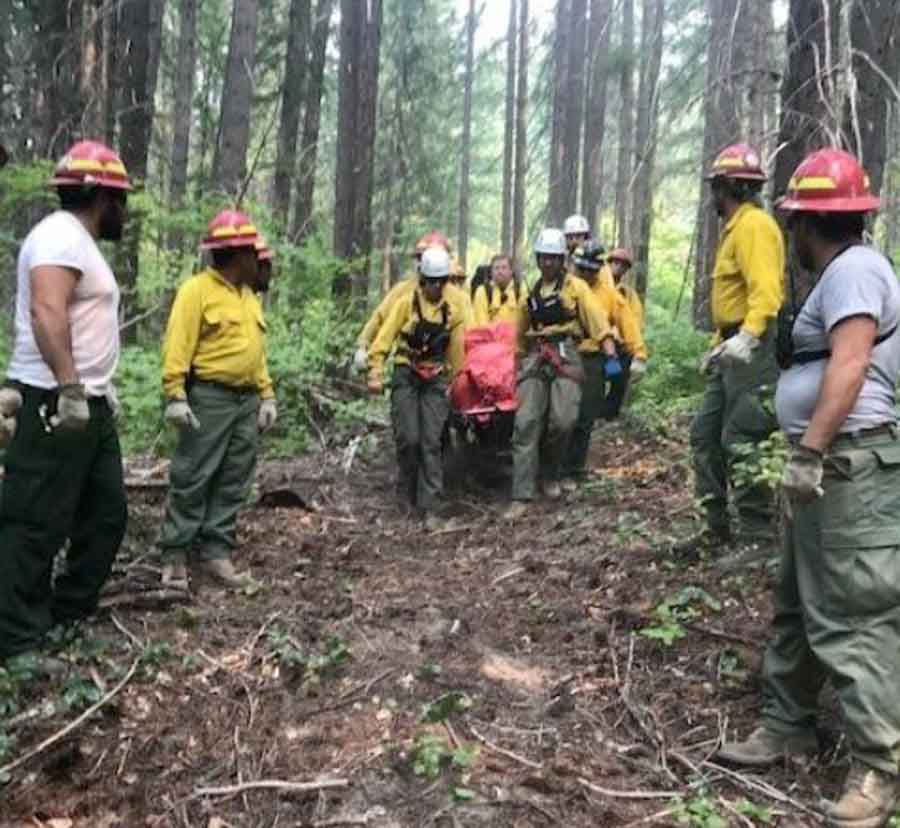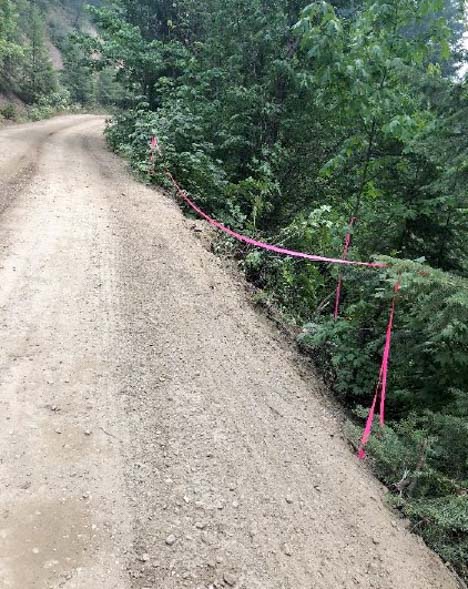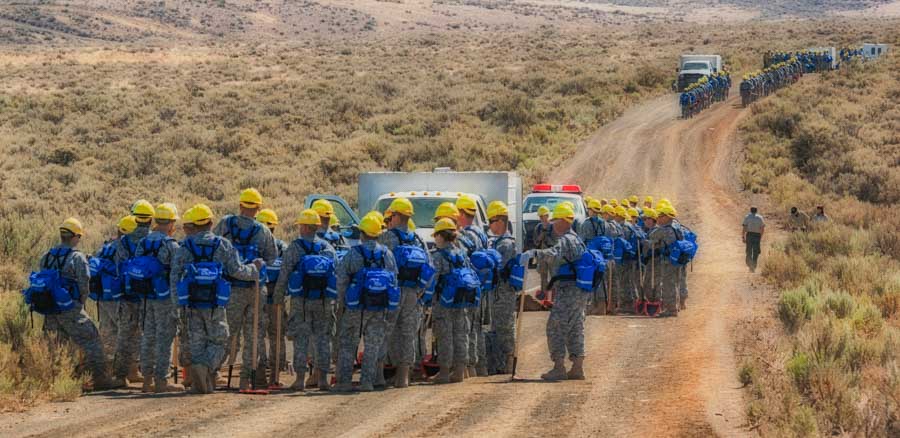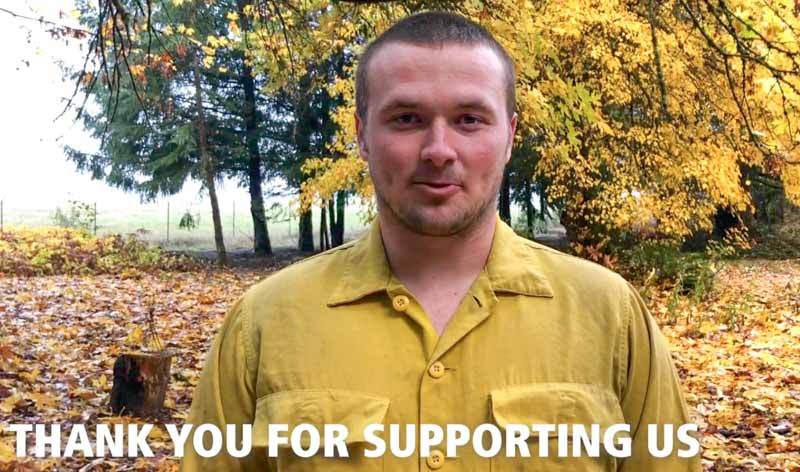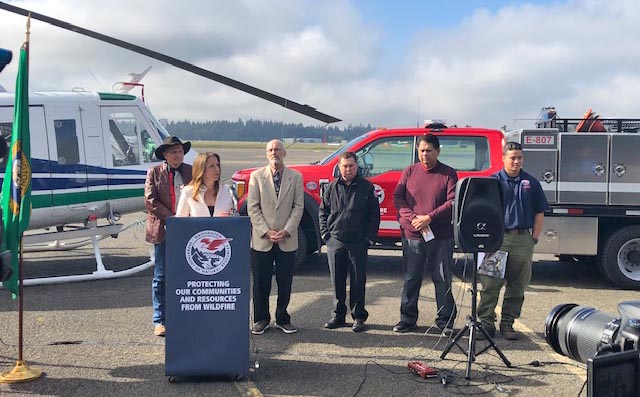Numerous wildfires have broken out recently in western Washington and northwest Oregon after several days of warm, dry, and windy weather.
“That’s a result of very strong dry eastern winds that have been pushing across the cascade mountain range and through the Columbia Gorge,” Northwest Coordination Center fire weather program manager John Saltenberger told KGW8 news.
A fire southeast of Salem, Oregon near Lyons jumped the Santiam River and prompted evacuation orders on Tuesday, which were lifted Wednesday. Reported Tuesday afternoon near the North Santiam State Recreation Area off Highway 22, it was mapped at 189 acres after firefighters stopped the spread. By Thursday morning they had a fire line around 80 percent of the perimeter.
A three-alarm vegetation fire south of Seattle in White Center started in a vacant lot Wednesday afternoon. Burning embers landed on the roof of an apartment building and set it ablaze, damaging all seven units in the structure.
The King County Sheriff’s Office reported that a 34-year old man was arrested, suspected of setting the fire.
Brush and apt fire 10700 blk 14 Ave SW.
No injuries reported.
Fire is 3 alarms due to size and warm conditions pic.twitter.com/qPa9YYazne— Puget Sound Fire (@PugetSoundFire) March 20, 2019
No residents were injured but two firefighters were transported to a hospital with injuries that were not considered life-threatening.
TDN.com reported that the Washington DNR responded to eight wildfires in its seven-county Southwest Region on Wednesday — three in Cowlitz, two in Lewis, two in Clark and one in Wahkiakum. All of the personnel from Cowlitz 2 Fire & Rescue, were out on fires Wednesday.
Below is an excerpt from TDN.com:
About 40 firefighters and three state helicopters Wednesday fought a wildfire east of Cathlamet that was estimated Tuesday at 40 acres but had grown to 100 acres Wednesday. DNR Spokeswoman Mary McDonald said late Wednesday afternoon it is considered contained.
The fire, which broke out Tuesday and was spread by brisk gusts, burned up a steep slope on the north side of State Route 4 in the Little Cape Horn area. The highway remained opened, said Russ Truman, fire dispatch and prevention officer for the State Department of Natural Resources regional office in Castle Rock.
McDonald said a DNR helicopter was rerouted from the wildfire near Cathlamet to Tower Road after reports the brush fire had reached a structure there. Further details were not available.
“We are tapped,” [ Cowlitz 2 Fire Chief Dave] LaFave said. “Our people are worn out. This is a record. I’ve been in this department 36 years, and I’ve never seen this. People need to stop burning. … There can’t be anything so pressing that (burning) needs to happen right now.”
Russ Truman, fire dispatch and prevention officer for the State Department of Natural Resources regional office in Castle Rock said “Things are burning like they do in September.”
Eatonville (referenced in the tweet below) is about 50 miles south of Seattle.
#BREAKING– Firefighters are working on scene of a large brush fire at S.R 702 and Jackson Road in #Eatonville. Firefighters urge residents on Jackson Road to evacuate as this fire continues to grow. #wawildfire ? @komonews @KING5Seattle @KIRO7Seattle @Q13FOX pic.twitter.com/FUI8kZnZQT
— Pierce County Firefighters (@IAFF726) March 20, 2019
Thanks and a tip of the hat go out to Stanley. Typos or errors, report them HERE.
50 wildfires in WA this week w/ 49 on the west side. Our meteorologist says weather conditions paired w/ abundant dead/dormant grasses/shrubs allowed for a “perfect storm” to bring considerable fire activity over the last few days. ? Be #WaWILDFIRE aware! https://t.co/tpvqWey9G3
— Washington State DNR Wildfire (@waDNR_fire) March 21, 2019


